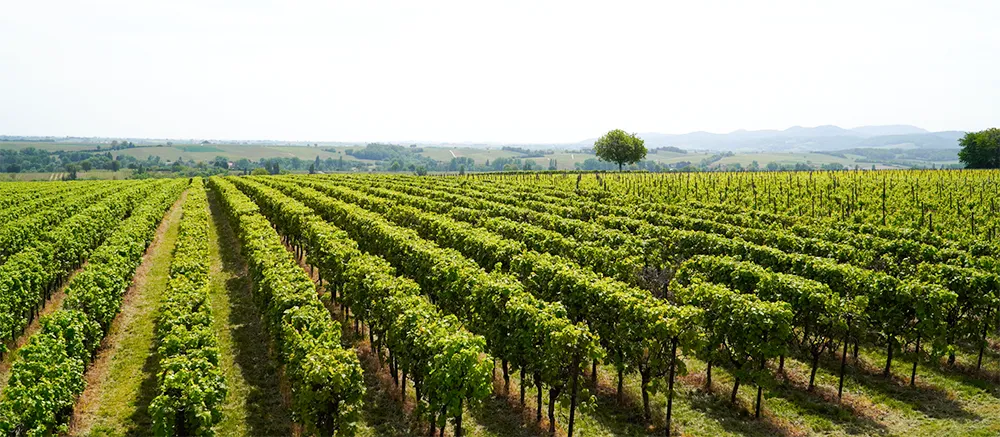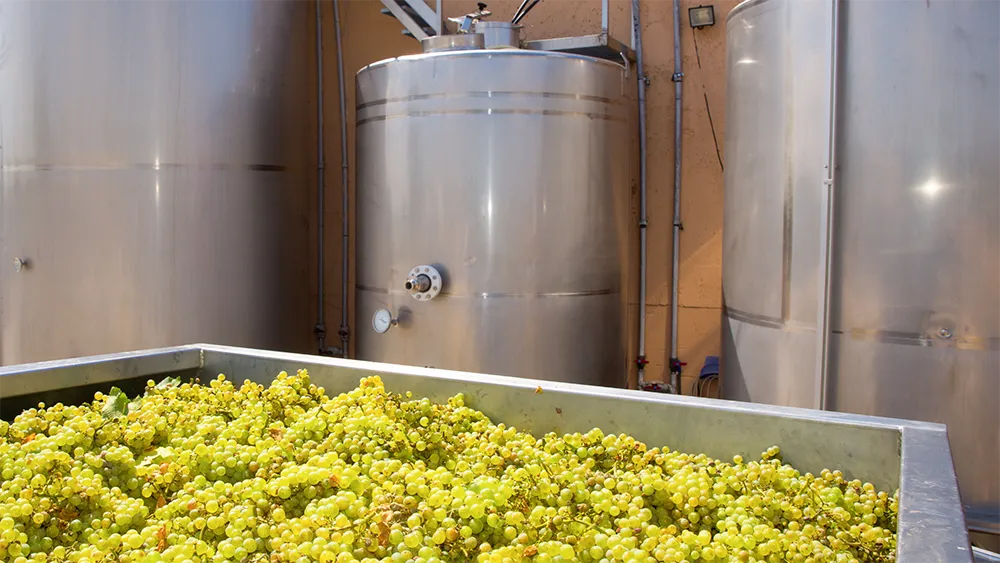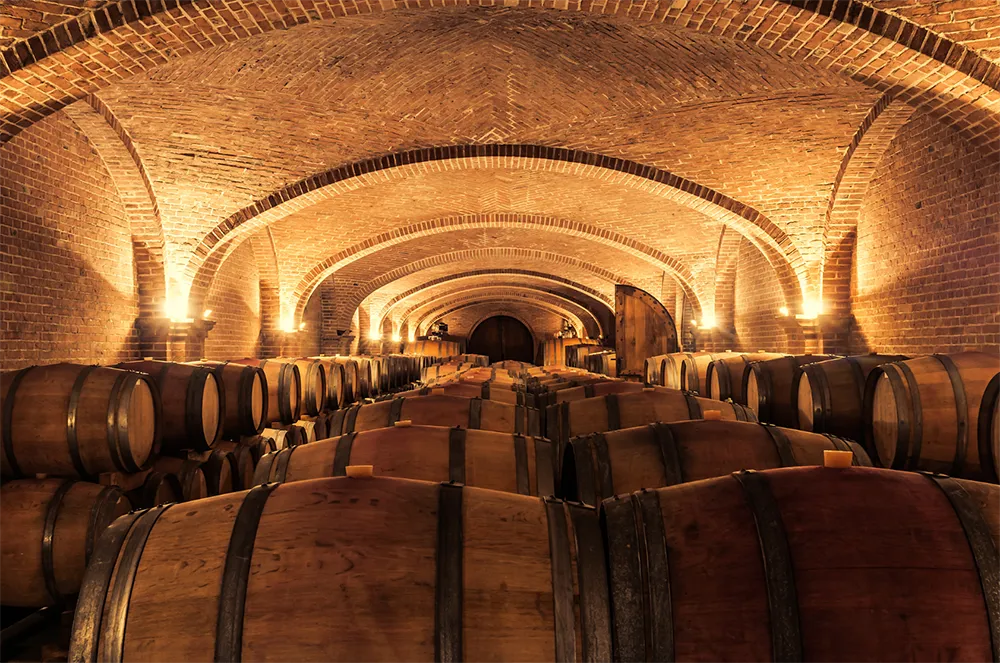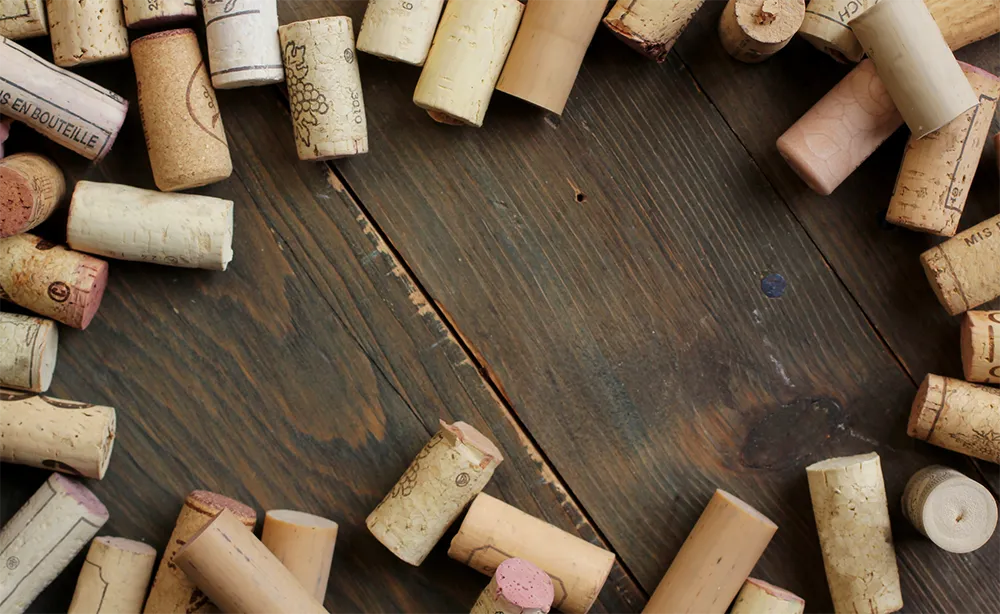Today I’m going to talk about white winemaking. If you’re interested, on the xtraWine blog, you’ll also find information about winemaking in amphora.
In white winemaking, primarily white grapes are used, but also red grapes can be vinified into white wine. Think, for example, of Pinot Noir vinified into white wine. Another example is sparkling wines, where both white and red grapes are vinified.
Index:
Harvesting
Harvesting is a fundamental phase of winemaking to produce excellent wine. Grapes are harvested when they are perfectly ripe.

If producing sparkling wines, harvesting is done earlier. In white winemaking, generally, harvesting begins when the grapes are fully mature. Ice wines are an exception because the harvest occurs in January.
Destemming / Crushing / Pressing
After harvesting, destemming and crushing begin, which involves separating the berries from the stems. These two operations can be done simultaneously with a crusher-destemmer machine.
The next phase is pressing to extract all the liquids. The obtained musts are then decanted, filtered, and centrifuged.

Then maceration begins, which, unlike red winemaking, is short. Maceration is a pre-fermentation phase. In orange wines, maceration lasts several hours or days. These wines are an exception to traditional white winemaking.
Fermentation
Short maceration is not necessary. However, racking is essential. Racking involves removing any skin residues and impurities from the must. Then fermentation begins.
During this phase, sugars transform into alcohol with the development of CO2. It is crucial to avoid contact with air during fermentation to prevent enzymatic oxidation of polyphenols, which worsens the wine’s organoleptic qualities.
Usually, sulfites are added, which have antiseptic and antioxidant properties.
Barrique Fermentation
Musts ferment in:
- thermo-conditioned steel containers
- wood
- barriques
In barriques, wines rest on the lees for months. Lees are the liquid sediments deposited on the walls and bottom of barrels.
During fermentation and aging in barriques, the bâtonnage technique is used.
This technique involves periodic stirring of the lees to bring them back to the surface. Bâtonnage uses a bâton, a tool used to agitate the wine. This way, the lees at the bottom of the barrel rise to the surface.
Fermentation Temperature
In addition to avoiding oxygen contact during fermentation, it is necessary to control the fermentation temperature.
The fermentation temperature is between 18 and 22 °C. It’s crucial not to exceed 22°C. Fermentation generates heat, so controlling the temperature is essential.
Controlled fermentation temperature allows for the formation of fruity and floral aromas in wine.
Active dry selected yeasts can be added during fermentation. Also, fermentation aids like sulfur dioxide are added to prevent oxidation. Fermentation ends with the wine being racked for aging.
Aging
Once fermentation is complete, aging begins.
Aging can occur in:
- wood
- barriques
- steel

In barrique aging, the wine is kept on the lees for several months without racking. If highly aromatic and intense wines are desired, reduction winemaking can be pursued.
Reduction Winemaking
This technique is useful for controlling fermentation processes and greatly reducing the oxidation of volatile components.
Reduction winemaking avoids contact of the must and wine with air at every stage of the process from harvesting to bottling.
Additionally, this technique reduces the amount of antioxidant substances added during winemaking. One of these substances, for example, is ascorbic acid – vitamin C – used along with sulfur dioxide.
Reduction winemaking involves various techniques using various gases such as:
Reduction winemaking requires perfect and absolute control at every stage of the production process.
Bottling
Bottling is the final phase of winemaking.
Bottles, after washing with bottle washers, are filled using filling machines.

Then the bottles are corked and labeled.
Bottles should be stored correctly to prevent changes in the wine’s organoleptic characteristics.To enjoy a good wine to the fullest, quality accessories can be incredibly helpful. Check out the accessories on the xtraWine website!
Amo la buona cucina e le tradizioni enogastronomiche italiane, per me vino e dessert non sono solo un contorno ma la parte più interessante del buon vivere.













